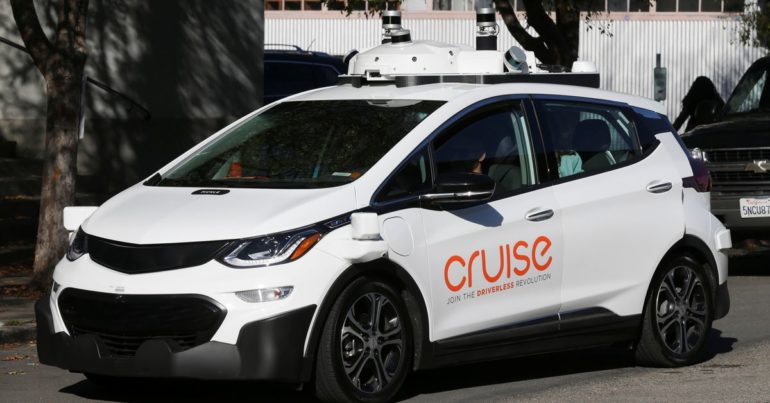The CEO of Cruise, a General Motors-owned autonomous car firm, said today that the company would debut a robotaxi service in Phoenix, Arizona, and Austin, Texas, by the end of 2022.
The business now runs a ride-hailing service in just one city, San Francisco, where it got the approval early this year to begin charging passengers for trips. It took years to ramp up that service; Cruise now claims it can do the same in two more locations in 90 days.
Through a delivery relationship with Walmart, the business has conducted autonomous testing in Phoenix. However, no cars have been deployed in Austin, which Cruise CEO Kyle Vogt described as unusual.
Indeed, it took Cruise years to start its commercial driverless taxi service in San Francisco. The business had intended to launch a commercial robotaxi service there in 2019 but decided against it since the technology was not yet ready.
In San Francisco, Cruise now provides a variety of services, ranging from daylight rides in autonomous vehicles with safety drivers behind the wheel to nocturnal journeys in totally driverless cars. (At the moment, the firm is not permitted to provide autonomous trips during the day.)
Only a few AV providers have completely driverless cars, also known as Level 4 autonomous vehicles, on public roads at the moment. Waymo, Alphabet’s self-driving company, has been operating its Level 4 cars in Phoenix suburbs for many years, including trips from paying passengers. It also intends to introduce a paid service in San Francisco and the neighboring areas in the coming months.
Motional, a Hyundai-Aptiv joint venture, is testing its L4 cars in Las Vegas. Yandex, the Russian digital behemoth, tested Level 4 cars in Las Vegas at the Consumer Electronics Show in 2020 but has since stopped off its activities in the United States after Russia’s invasion of Ukraine. In late 2020, Chinese tech giant Baidu began testing its automobiles without safety drivers in its native nation.
In his remarks today, Vogt hinted that Cruise’s connection with GM gave it an advantage over rivals, owing to the latter’s competence in mass-producing automobiles. This ensures that Cruise can not only swiftly deploy its cars in new places, but also absorb the expenditures connected with each new launch.
The current Cruise fleet consists of Chevy Bolt electric cars equipped with sensors like cameras, radar, and lidar. The Cruise Origin, the company’s next-generation car, is being tested in a proving ground in Michigan, with plans to scale up production next year.
Vogt anticipated that Cruise will produce up to $1 billion in yearly income by 2025, which is a huge prediction considering how long AVs have been gaining traction.

